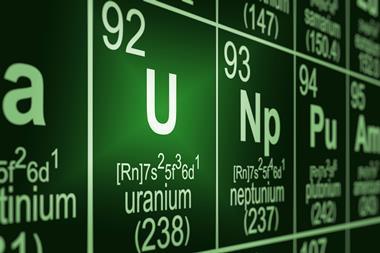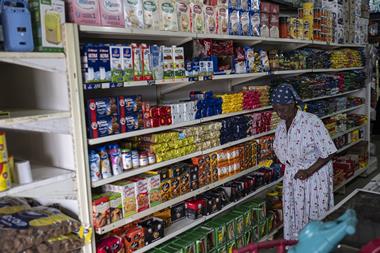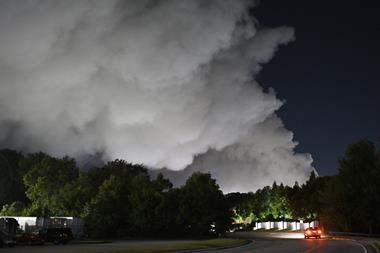Incidents in Gujarat and West Bengal highlight minimal oversight of hazardous industry
Explosions at two illegal fireworks factories in India have killed 29 people, including 12 children. The incidents highlight the extent of India’s informal firecracker industry, and the lack of enforcement of regulations intended to eliminate illegal production.

In Gujarat state on 1 April, explosions and collapse of a warehouse-cum-factory called Deepak Fatakda in Deesa killed 21 out of 24 people inside, including 8 children. Surviving worker Rajesh Nayak, 22, described how the building exploded and collapsed moments after he and his three-year-old sister stepped outside for a drink of water. The victims included several of Nayak’s relatives and others, many of whom had come from neighbouring Madhya Pradesh state.
Police investigations revealed that the unit was not licensed to manufacture fireworks. Its licence for storing and selling fireworks had expired in 2024, and a renewal application was denied. Investigations suggest the explosions were caused by ignition of powdered aluminium. Local police have arrested the owners Khubchandbhai Mohnani and Deepakbhai Mohnani.
The previous day in West Bengal, eight people, including four children, were killed in an explosion in a house at Dakshin Raypur. A family who ran an illegal fireworks unit nearby had stored fireworks at home. Factory owner Chandrakanta Banik, now apprehended, had been arrested in 2022 with 68kg of illegal fireworks, but released on bail.
Since 2023, several similar explosions have killed over 20 people in West Bengal alone. The fireworks industry is subject to limited safety regulations, with only superficial enforcement. Large portions of manufacturing occur in small-to-medium units, often in areas outside major cities on an informal basis. Sivakasi in Tamil Nadu state remains its epicentre, notorious for child labour and frequent incidents.
‘In Gujarat, as elsewhere, the authorities seem to wait for an accident or disaster to react while they are supposed to act proactively to avoid such incidents as part of their duty,’ says Krishnakant Chauhan, an environmental activist with Gujarat-based non-profit Paryavaran Suraksha Samiti (Environment Protection Committee). He points to a various recent industrial incidents, saying authorities have ‘reacted post disaster only to go into hibernation till the next accident’.
Rising awareness of the environmental health effects of pollution caused by fireworks has prompted India’s supreme court to engage with the problem. The National Capital Region (NCR) of Delhi’s has attempted to ban fireworks during the Hindu Diwali festival for the past few years – much to the irritation of manufacturers. However, the bans have seen only limited success. During Diwali in 2024, parts of Delhi recorded severe concentrations of PM2.5 particulates, and Air Quality Index readings vastly exceeded levels classed as severe and likely to affect even healthy people.
On 3 April, supreme court justices Abhay Shreeniwas Oka and Ujjal Bhuyan categorically denied a petition filed by firework manufacturers seeking to relax the ban on sale, production and manufacture of firecrackers in the NCR. The judges confirmed the ban is ‘absolutely necessary’ and also heavily criticised so-called ‘green firecrackers’ which produce around 30% less toxic emissions. The court demanded zero pollution levels from green firecrackers, but reminded manufacturers that the rest of the Indian market, outside the NCR, is open to them.
Away from the capital, the state government of West Bengal has been more receptive to the concerns of the manufacturers and supportive of green firecrackers. In June 2024, following a series of accidents in the state, it sanctioned four green firework manufacturing clusters under the West Bengal Green Firecracker Manufacturing, Storage and Selling Scheme. The scheme aims to move manufacturing out of informal settings, providing a safe ecosystem in dedicated clusters, and offers incentives covering 90% of the project costs.

















No comments yet